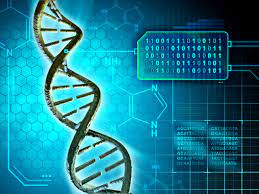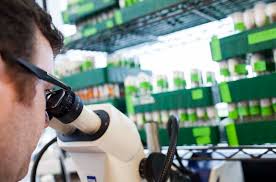Unit Title: Computational Biology Questions
Computational biology questions:
1) “Micro arrays have revolutionised the way that Biology is done.” Discuss this proposition making reference to the general principles that underpin micro array design and the scope of the results that they can provide.
2) The majority of sequence alignment programmes are based upon the dynamic programming algorithm devised by Needle man and Wuntsch. Describe the steps in this method and discuss how it is used for both pairwise and multiple sequence alignments. Your answer should consider how secondary structure can be predicted from the results of alignments.
Computational Biology Questions Assessment – Australia.

3. Protein tertiary structure results from the packing together of regular secondary structure elements. Discuss how all-alpha structures are formed, including as examples two different types of 4-helix bundles
3) Pairwise sequence alignment is good, but multiple alignment is better. Discuss this statement. Your should describe how a each type of alignment is carried out and describe their strengths and weaknesses in relation to understanding protein structure
5)Describe how Mass Spectrometry and 2-D SDS-PAGE gels have applied to the study of the ‘whole protein content’ of cells
1. Origin of the Proteomics approach
2. Problems compared to Genomics (no amplification etc; complexity of expression)
3. Description of the methods
4. How is data analysed in each case?
Computational Biology Questions Assessment – Australia.

6)Modern genomic sequencing has revolutionised the study of phylogeny. Discuss how sequences can be analysed to give produce phylogenetic trees. Your answer should include a description of sequence alignment methods
1. Basic description of sequence alignment – pairwise and multiple
2. How does sequence alignment work
3. Information from a sequence alignment
4. Identical and conserved positions in a sequence
5. Secondary structure sequence signatures
6. expected conserved repeats for different secondary structure types.
7. UPGMA methods to produce phylogenetic trees
8. Advantages of whole genome sequences over individual genes
6)Drug design is now based on structural hypotheses. Discuss this proposition making reference both to historical drug design methods and modern drug design concepts. Use at least one example to illustrate your argument.
Computational Biology Questions Assessment – Australia.

1. Activity screening methods
2. QSAR
3. Molecular expansion
4. Definition of pharmacophore
5. Active analogue approach
6. Assumption that everything binds in the same way a major shortcoming.
7. Grid
8. Relenza



